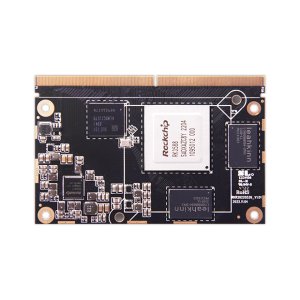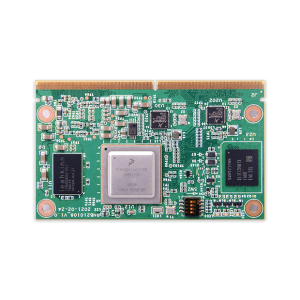System on Module vs. Traditional Development: Which Is Right for You?
System on Module vs. Traditional Development: Which Is Right for You?
Blog Article
Side research has surfaced as a progressive trend in the technology market, allowing quicker knowledge control and decreased latency by bringing computational power closer to wherever information is created. A vital innovation pushing that transformation may be the increase of imx8 system on module which are lightweight, successful, and versatile processing devices made to incorporate easily into customized hardware systems.

The Role of Pc on Segments in Edge Research
Pc on Segments have become fundamental in edge research due to their ability to streamline equipment style while maintaining sturdy control capabilities. Based on a current report by MarketsandMarkets, the worldwide side research market is projected to develop from $40.84 thousand in 2021 to $132.11 million by 2026, with COMs playing a significant role in this expansion.
These segments are specially impactful in industries requiring real-time information examination at the edge. Like, the transportation industry employs COMs in autonomous vehicles for real-time decision-making, while clever cities utilize them to control systems like traffic movement and power distribution.
Lightweight and Adaptable Style
One of the standout traits of Computer on Modules is their compact and modular design. This allows developers to incorporate high-performance research power in to edge units without the necessity for intensive hardware redesign. A survey by IoT Analytics found that 68% of companies employing IoT options consider modular hardware like COMs crucial for fast deployment and scalability.
COMs also help tailor-made adjustments, creating them suited to a wide selection of purposes, from commercial automation to healthcare. Their capability to adjust to particular demands is really a driving force behind their use in edge processing systems.
Power Effectiveness and Efficiency
Edge computing devices usually work in conditions with restricted energy resources. COMs handle that challenge by giving optimized power performance without diminishing on computational strength. A study by Allied Market Study highlighted that energy-efficient side research alternatives are anticipated to take over the field through 2030, placing COMs as a critical aspect for reaching this goal.
Also, with improvements in processors and incorporated design, COMs now supply the efficiency required for AI-driven applications at the edge. This not just promotes real-time features but additionally decreases dependence on centralized cloud systems.
Why the Future Goes to COMs
With global information technology projected to attain 175 zettabytes by 2025, side processing is placed to be more integral than ever. Pc on Adventures provide an versatile, energy-efficient, and scalable alternative for running this influx of data. Their relevance across varied groups like healthcare, production, and telecommunications only underscores their crucial role in surrounding the ongoing future of edge computing.
COMs are no more just a technical trend; they are the backbone of next-generation edge programs driving creativity and efficiency throughout the globe. Because the need for side computing is growing, so may the importance and influence of COMs in that fast growing landscape. Therefore, it's safe to express that Pc on Modules are here to stay and may keep on shaping the future of side computing.

Conclusion
Side computing is transforming the way we method and use knowledge, with Computer on Modules at the front of this revolution. Their compact design, usefulness, energy effectiveness, and performance make sure they are an ideal alternative for handling real-time knowledge at the edge. As industries significantly rely on edge processing for his or her procedures, COMs can play an essential position in operating advancement and performance in these systems. Report this page